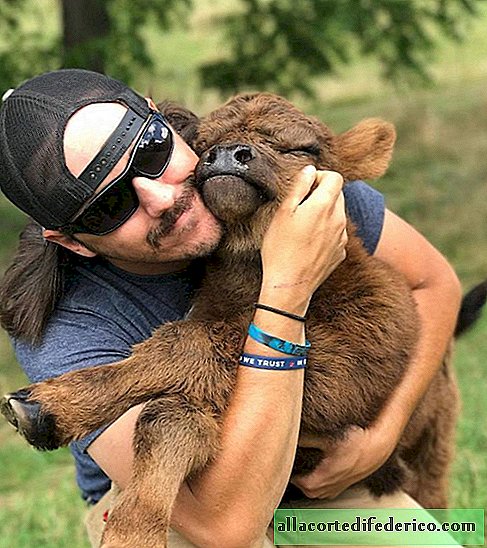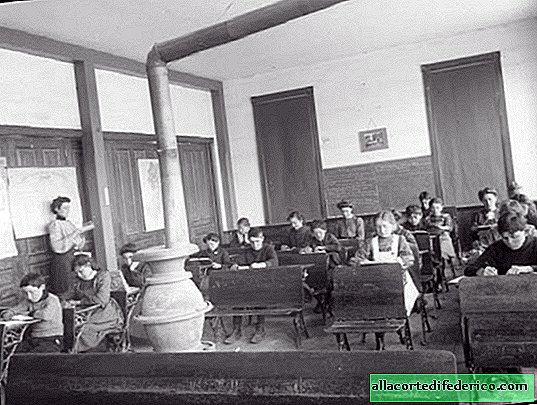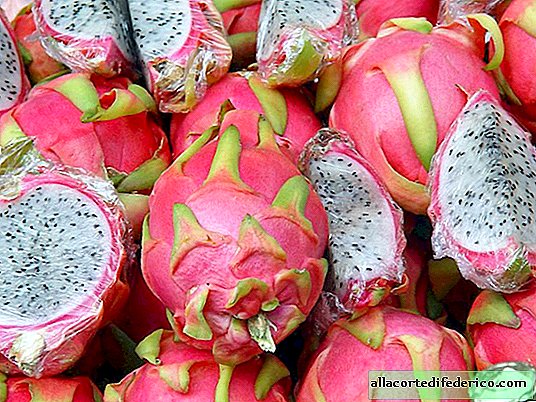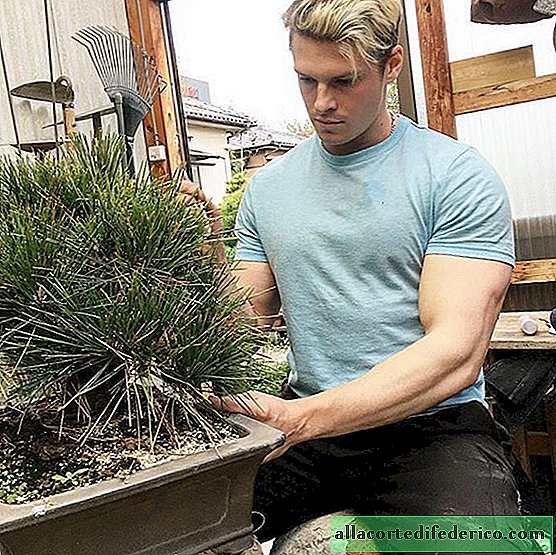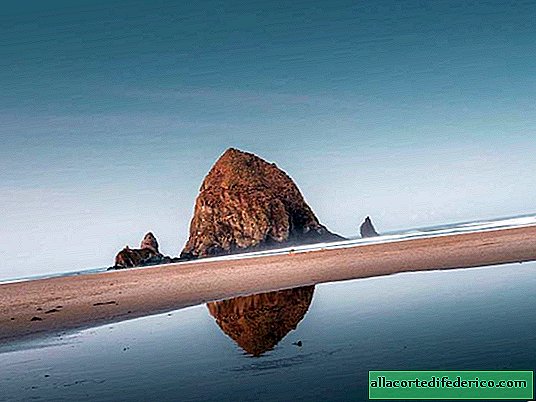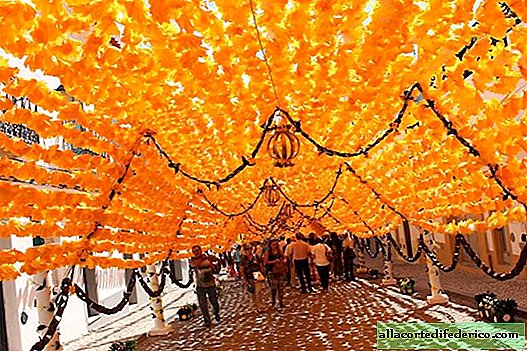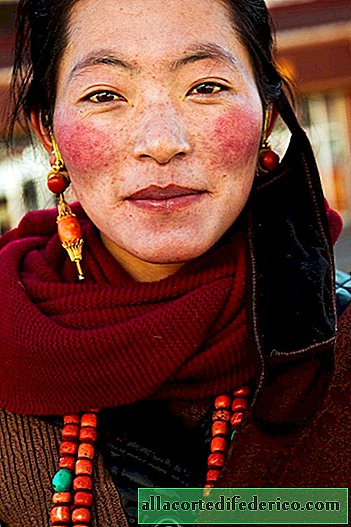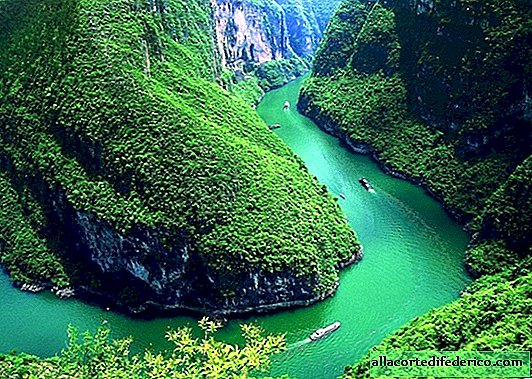Omi African tribe in portraits of a British photographer
In southern Ethiopia, there is the Omo River, which stretches for 760 kilometers. For many centuries, wild tribes lived in its valley. Here is their home today. However, their unusual culture and traditions are rapidly becoming a thing of the past, and in a few decades are likely to disappear altogether. The British photographer Dale Morris, who now lives in South Africa, visited one of these tribes, the Omi.
The Omi tribe has an ancient tradition: they modify their body. Many peoples had similar traditions, but in Omi they are one of the most radical.
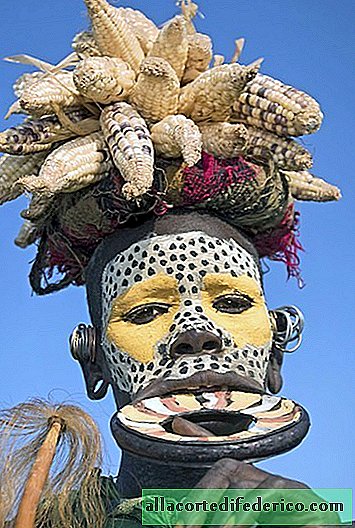
This can be a huge piercing in the lips or ears, tattoos, bright makeup and face paint.

These people express their emotions very clearly and do not hide their mood at all even in the photo.

Dale Morris first visited the tribe eight years ago and after that came to them several times. The last trip took place at the end of 2018.

Omi draw bright patterns on their faces and bodies. All paints are natural, they themselves get them from plants and minerals.

For ordinary everyday life - a less vivid “make-up”, and for wedding ceremonies and holidays women choose more colorful designs.

Some women have a plate in their lower lip. An incision is made for girls aged 15-16 years old, where a clay disc is inserted. When the wound is healed, the disc is replaced with a larger one. When the lip becomes able to accommodate a large plate, two lower teeth are removed to the woman.

But not all girls go through this procedure.

Archaeological finds show that lip piercing appeared in Sudan and Ethiopia about 10-11 thousand years ago, and in America around 1,500 BC. This practice among different peoples in different parts of the world appeared independently of each other.

Another omi tradition is tattoos. Often by old age, their entire body is covered in ink. These tags tell about all the achievements in their life and help to tell what a person has achieved over many years.

Children do not immediately become members of the tribe, first they must pass a difficult test. They go to the mountains and live there for a while, and then return to join one of the Omi castes: healers, workers, hunters, builders, teachers, planters.

Probably, in the near future, Omi will see a change. The Ethiopian government recently announced the construction of a cascade of hydroelectric power stations on the Omo River, which will help provide electricity to local cities. So Omi's life will change. More than one tribe lives in the river valley, there are a lot of them, and they are all on the verge of change.


